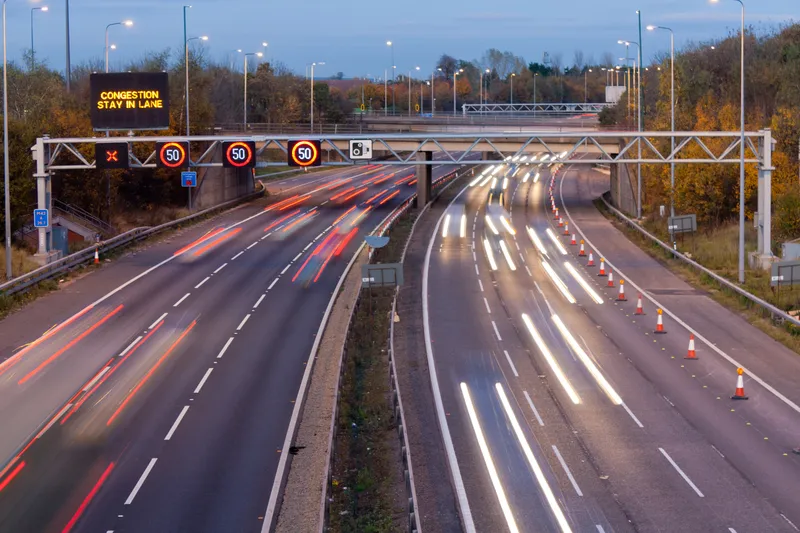The 51km line features 31 stations and will serve the 1.2 million residents of the Klang Valley area of Kuala Lumpur. In the capital, there are 9.5km of tunnels with seven underground stations and two portals linking the above ground track to the underground.
Mott MacDonald designed and modelled the Tun Razak Exchange, Cochrane and Maluri underground stations and elevated stations at Taman Pertama, Taman Midah, Taman Mutiara and Taman Connaught. This included features such as tunnels and viaducts, vent and intervention shafts, link bridges, entrances to commercial buildings, platform and concourse areas, operational rooms, station entrances, landscaping and external works.
Design services provided by the consultancy included architecture, building services, building information modelling (BIM), civil, structural, geotechnical and fire engineering, site supervision and other rail-associated disciplines.
Second phase of Sungai Buloh-Kajang mass rapid transit enters operation, Malaysia
The second phase of the Sungai Buloh-Kajang Mass Rapid Transit line in Malaysia has entered operation. Mott MacDonald was responsible for the detailed design, modelling and construction supervision of three underground stations and four elevated stations on the line.
The 51km line features 31 stations and will serve the 1.2 million residents of the Klang Valley area of Kuala Lumpur. In the capital, there are 9.5km of tunnels with seven underground stations and two portals linking the above ground track t
August 25, 2017
Read time: 2 mins
The second phase of the Sungai Buloh-Kajang Mass Rapid Transit line in Malaysia has entered operation. 1869 Mott MacDonald was responsible for the detailed design, modelling and construction supervision of three underground stations and four elevated stations on the line.









